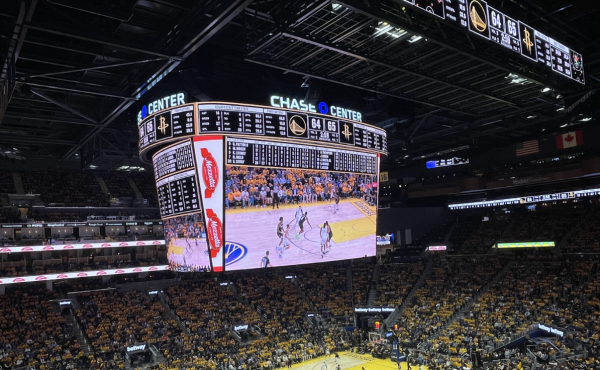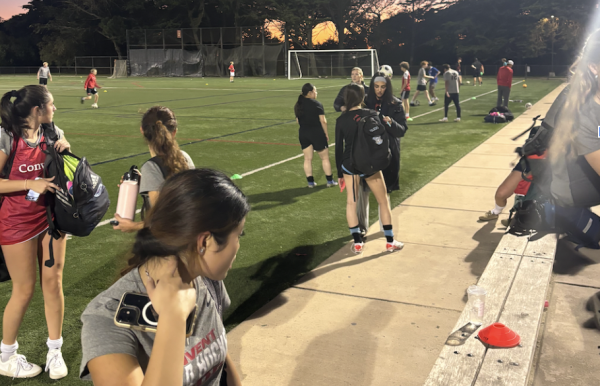Point of View: The real upset
Winning games doesn’t pay the bills.
Despite the $900 million March Madness income for the NCAA, the $1.5 million revenue CBS and Turner Broadcasting receives for each ad it sells during the tournament, and the $1.67 million each participating team is guaranteed no matter their success, college athletes — whose participation is the reason for the billion-dollar industry— do not receive a single dollar.
The NCAA attempts to justify this imbalance by citing players’ amateurity, saying “the young men and women competing on the field or court are students first, athletes second,” and their rules are “to ensure the students’ priority remains on obtaining a quality educational experience.”
Division I men’s basketball players miss 30 classes over the course of the season, and have only a 68 percent chance of graduating on time when compared to their non-athlete peers, according to an 2015 NCAA report.
That hardly sounds like a quality education.
“Student-athletes” is simply a title used to establish collegiate athletes as amateurs instead of professionals, but they are professionals.
Division I men’s basketball players spend 34 hours a week on athletic activities, the time equivalent of a part-time employment, while Division I men’s football players spend upwards of 40 hours, matching the time commitment of a nine-to-five job.
The NCAA cannot call its players “student-athletes” and authorize 40-hour work weeks at the same time. Either they need to pay their athletes and recognize them as professionals or decrease the time required to be part of a Division I team.
Aside from being deserving of compensation, many college athletes need payment for their participation in order to purchase simple essentials. Their grueling practice schedules make it virtually impossible for them to manage a full course load, let alone manage a part-time job.
Sixty percent of Division I men’s basketball players — and 78 percent of other men’s Division I athletes — say they do not have enough money to buy necessities, such as groceries.
University of Connecticut guard and NCAA champion Shabazz Napier said in 2014 that he had gone to bed “starving” because he couldn’t afford food.
In contrast, their coaches earn as much as $8.8 million annually, in addition to the bonuses they receive if they lead their teams to success in the tournament.
Per an agreement in his contract, University of North Carolina at Chapel Hill coach Roy Williams — who already has a seven-figure salary — was guaranteed a bonus of $925,000 if the Tar Heels won the championship title — which they did.
But the athletes on his team who spend 30 to 40 hours a week practicing, working out and traveling for their sport, and who sacrifice the quality of their education for their sport, get nothing.
There’s one winner and one loser in basketball. In Division I college sports, the athletes aren’t the winners.









Julia Rozzelle • Mar 23, 2018 at 4:58 pm
Well written by a high school student that speaks truth about college sports. It is a money making advantage for the schools with little credit given for the student athletes that make this possible. There needs to be someway to award the athletes for their sacrifice, talent , and loyalty to their school.